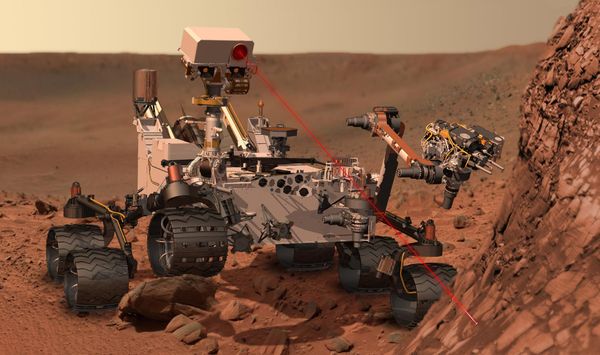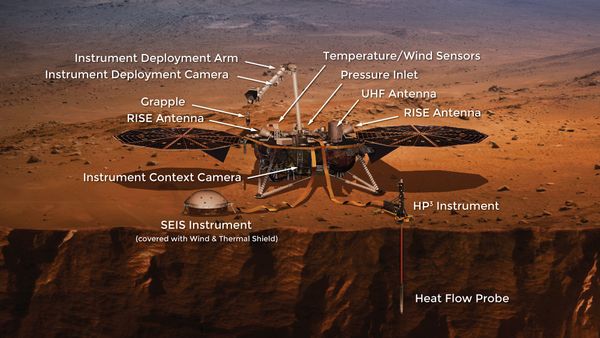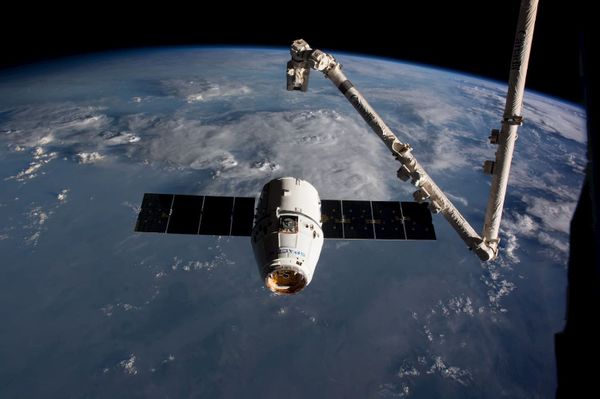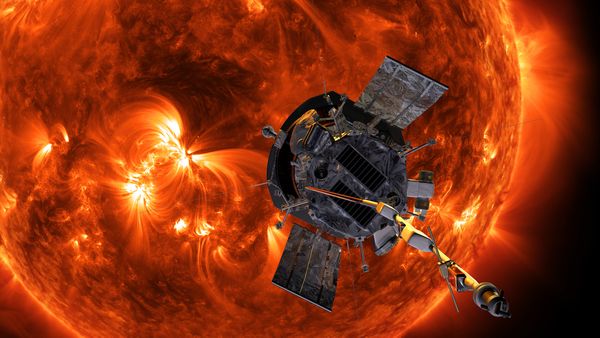On April 16th, NASA announced the sole winner of a $2.9 billion contract to return humans to the Moon for the first time since 1972. SpaceX's Starship and Super Heavy will form the Human Landing System (HLS) alongside NASA's Space Launch System (SLS) and Orion crew capsule. The contract is a major boon to SpaceX, which has so far been developing Starship entirely with private funds. However, NASA and SpaceX face many obstacles on the path to landing on the Moon by 2024.
Check out our full thoughts in our episode
The Only Option A
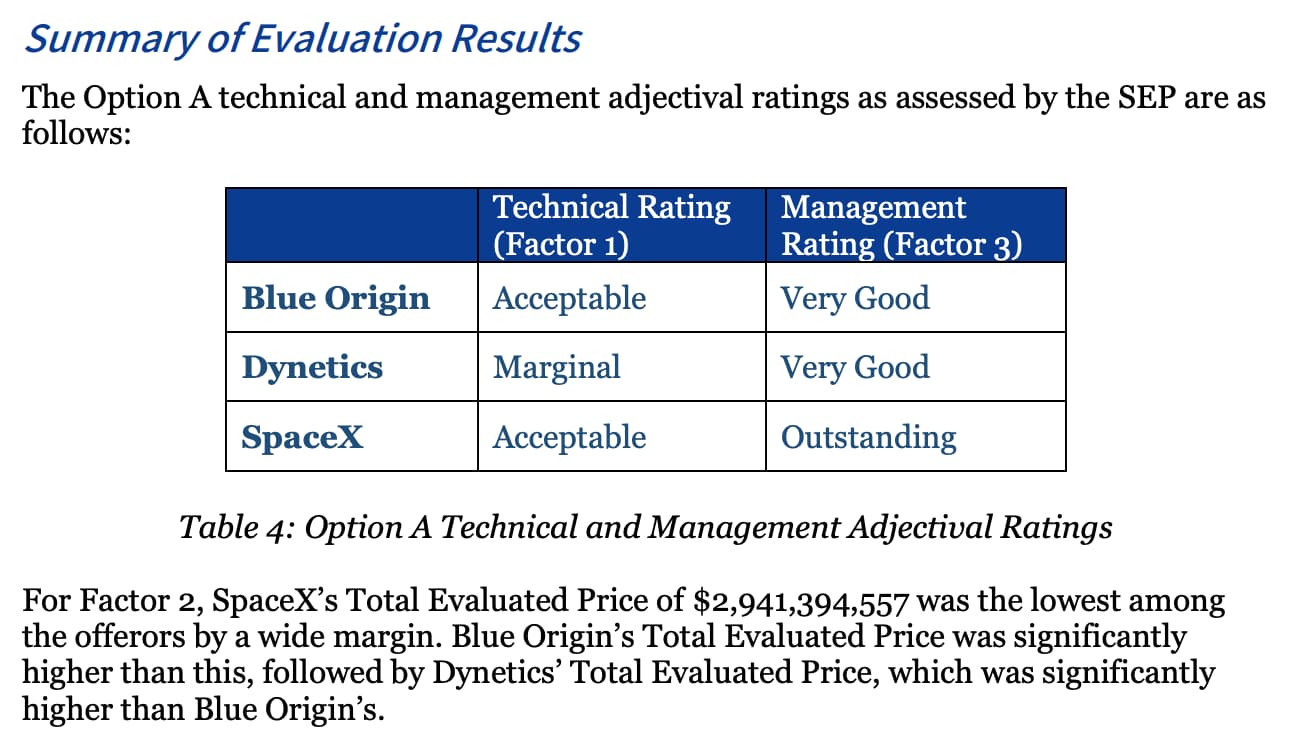
The Artemis program kicked off a sense of urgency when it was announced in 2019. It moved up the date for a crewed return to the lunar surface by 2024. NASA had anticipated a slower return to the Moon, led by the construction of a Lunar Gateway space station and eventually landers in the late 2020s. The HLS program was born to provide the capability to land on the Moon by 2024 but also include a path towards sustainable lunar missions afterward.
Three companies were awarded funds to flesh out their proposals in April 2020: SpaceX, Dynetics, and Blue Origin. Since the dramatic kickoff of the program, the U.S Presidential administration has changed, NASA's administration is in flux, and most importantly, NASA received just a quarter of the funds requested for HLS.
NASA had been expected to choose two contractors to continue onto Option A of the HLS program. Option A includes funds to develop the landers as well as an uncrewed demonstration landing and the final crewed landing in 2024. But without the funds to pay for two contractors, NASA made its choice. SpaceX, by far the cheapest bid is the sole awardee of Option A. According to the source selection document, even SpaceX's initial bid was too much for NASA, but during contract negotiations, SpaceX agreed to spread out its initial milestone payments to fit NASA's budget.
A true lunar Starship
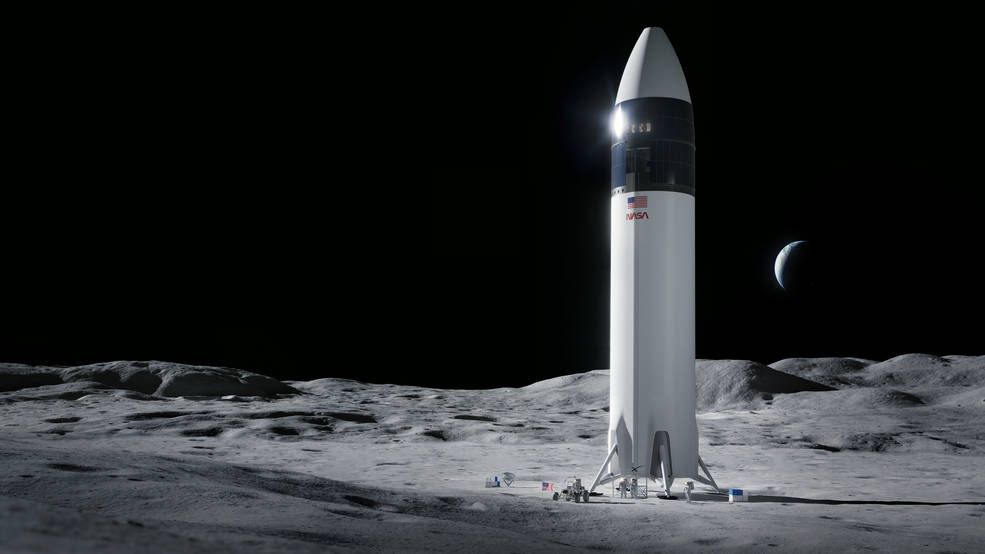
SpaceX has been iterating on its next generation launch vehicle since its unveiling as BFR in 2016. The vehicle has taken form in Southern Texas, and SpaceX has built 10 prototype vehicles since January 2020. The version that will fly to the Moon is different than the vehicles that have been flying (and crashing) in Texas. The Lunar Variant will not return to Earth's surface after launch. It has no aerodynamic fins, since the Moon lacks an atmosphere. In addition to its 6 raptor engines, it features numerous smaller thruster higher up the vehicle.
Lunar Starship looks different, both in scale and construction. Its single-stage design challenges our historical notion of how a vehicle lands on the Moon. The descent and ascent are done by the same fuel tanks and engines. In contrast to Apollo, where distinct Ascent and Descent modules were used. During the announcement press conference, NASA officials asserted "that the solution may look different. Never before seen. But NASA has thoroughly analyzed from an integrated performance and physics standpoint that the mission could occur".
In the Source Selection Document, NASA praised SpaceX's approach to safety and redundancy. Since the vehicle is so massive, it has ample fuel reserves to conduct an abort during landing. It also features two airlocks, where each can be used as a pressurized lifeboat in case of emergencies. SpaceX design also allows the crew to use their liquid oxygen (LOX) fuel as a backup source of oxygen in case of emergencies.
Artemis-3

HLS is the last major puzzle piece on the path to returning humans to the lunar surface. Once Lunar Starship is ready along with the other pieces of Artemis, NASA will send the first woman and first person of color to the Moon. But HLS is just one part of the mission.
For Artemis-3, SpaceX will launch Starship into Earth orbit on top of Super Heavy, forming the largest and most powerful launch vehicle ever made. Once in orbit, multiple tanker variants of Starship will be launched upon Super Heavy. Each tanker will slowly fill up the lunar Starship in orbit until it is ready to begin its journey to a Near Rectilinear Halo Orbit (NRHO) around the Moon. Once Starship has safely arrived around the Moon, the crewed portion of the mission will begin.
NASA astronauts will launch on NASA's newest rocket, the Space Launch System. Their spacecraft, Orion, will be their transport to the Moon. Once there, they will meet up with Starship and transfer into their lander. Starship will then deorbit and softly land on the lunar surface using its rocket engines.
Starship provides ample payload capacity for science experiments and bulky payloads to aid the astronauts on their historic mission. It will also lift them off of the surface, back into lunar orbit, where it will rendezvous with Orion. Orion will return crew to Earth, splashing down in the ocean. Starship will head back to Earth orbit, to be refueled for future lunar missions.




